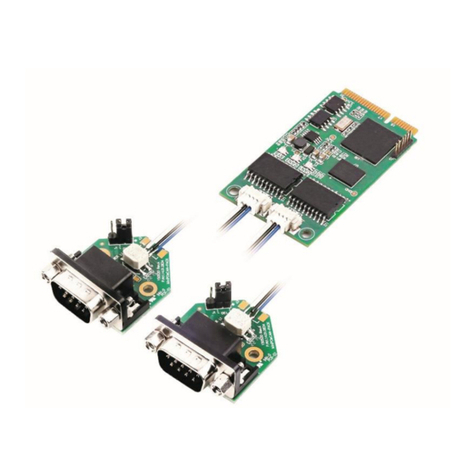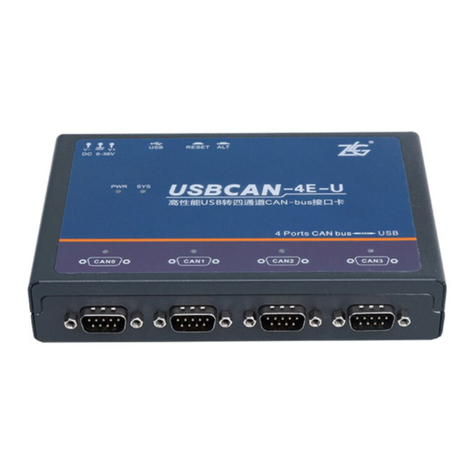Contents
1. Functions .......................................................................................................................................................2
1.1 Product Overview ....................................................................................................................................................... 2
1.2 Functions..................................................................................................................................................................... 3
1.3 Product Specifications................................................................................................................................................. 3
1.3.1 Electrical Specifications ................................................................................................................................... 3
1.3.2 Specifications................................................................................................................................................... 4
1.3.3 Operating Temperature ................................................................................................................................... 4
1.4 Typical Applications..................................................................................................................................................... 4
2. Hardware Interfaces ......................................................................................................................................5
2.1 CAN Communication Interface ................................................................................................................................... 5
2.2 DB-9 Connector Definition.......................................................................................................................................... 6
2.3 DB-37 Connector......................................................................................................................................................... 6
2.4 Terminal Resistance .................................................................................................................................................... 8
2.5 System Indicators........................................................................................................................................................ 9
2.6 Board Installation...................................................................................................................................................... 10
2.6.1 Precautions.................................................................................................................................................... 10
2.6.2 Product Dimensions....................................................................................................................................... 10
2.7 System Connections.................................................................................................................................................. 11
3. Driver Installation ........................................................................................................................................13
3.1 Installing the Driver under Windows ........................................................................................................................ 13
4. Packing List ..................................................................................................................................................15
5. Quick Guide .................................................................................................................................................16
5.1 Introduction to ZCANPRO Software.......................................................................................................................... 16
5.2 Using PCIeCANFD on ZCANPRO ................................................................................................................................ 16
6. Disclaimer....................................................................................................................................................17
。






























